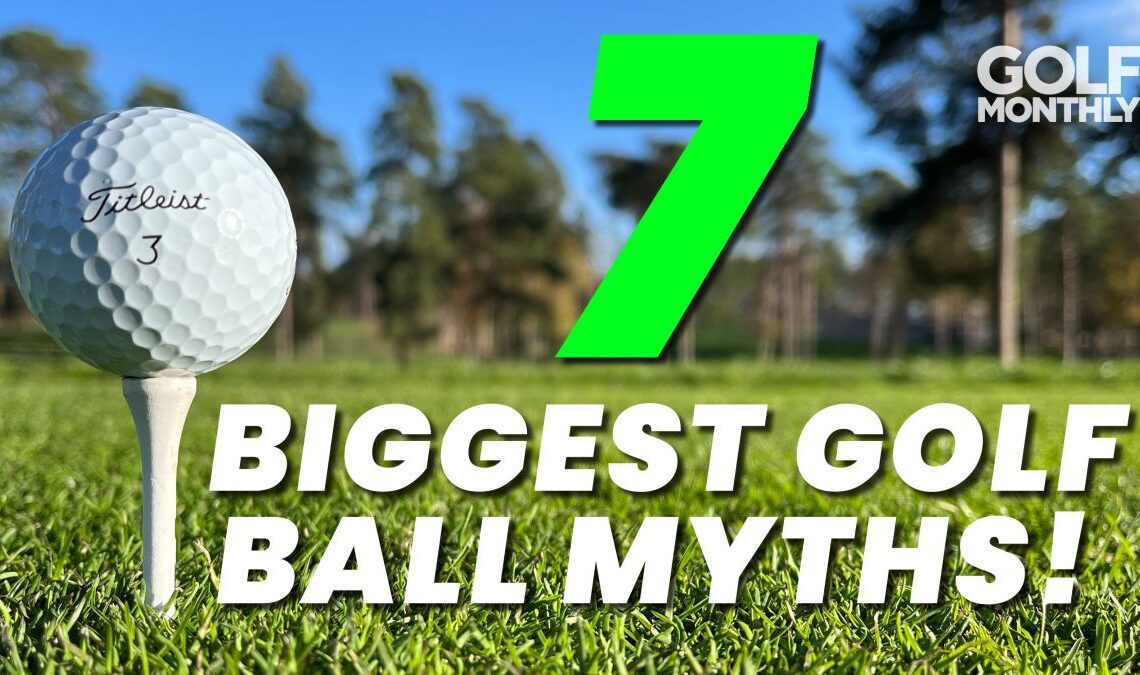When it comes to choosing the right golf ball for your game there are a host of different factors to consider, covering everything from spin and feel to compression and colour. Over the years a series of misconceptions have surfaced about golf ball performance that can lead players down the wrong path. In the video and article below, we’ve teamed up with Titleist to dispel seven myths that could change the way you think about golf balls for good…
7. ‘I don’t spin the ball’
As long as you’ve hit the ball with the face of the club, you will have created backspin at impact. This is one of the things you learn during a golf ball fitting. However, some think about backspin only as how quickly the ball checks once it hits the green, but the spin you create will, more importantly, determine the sort of flight you get. Finding a ball with the right spin profile for all areas of your game is a vital consideration to make, as Tom explains.
(Image credit: Kevin Murray)
“Each of our golf balls are designed to offer different levels of spin. We have to match that in with how you deliver the golf club. Every golfer who comes to see us will spin the golf ball. It’s down to us to recommend what one and it’s really important to get it right, especially if you’re chopping and changing from hole to hole or round to round.”
6. Soft vs hard golf ball performance
The common conception is that softer golf balls are going to spin more and a harder ball is going to offer less control. Go to any golf club and that is likely to be the general consensus. It’s time to dispel that myth and set the record straight using the best Titleist golf balls as case in point. Over to Tom…
“It’s a big myth and the word ‘soft’ is very misunderstood. Softer golf balls are soft through compression, so they feel soft. Soft-covered balls are typically higher compression and firmer-feeling, but offer you more spin and control.
“Every golfer will have a preference – some will prefer a softer-feeling ball and others want a firmer feel. Within our performance range, which encapsulates TruFeel, Velocity, Tour Soft and Tour Speed, all are a different compression and feel different.”
5. You should use a ‘winter ball’
Should you change your ball with the seasons? It’s a quandary many golfers face in winter especially as the warm and firm conditions make way for bitter temperatures and soft turf underfoot. The temptation is often to turn to a harder golf ball, but what do the experts think?
“This is one we…
..
Click Here to Read the Full Original Article at Golf Monthly RSS Feed…
